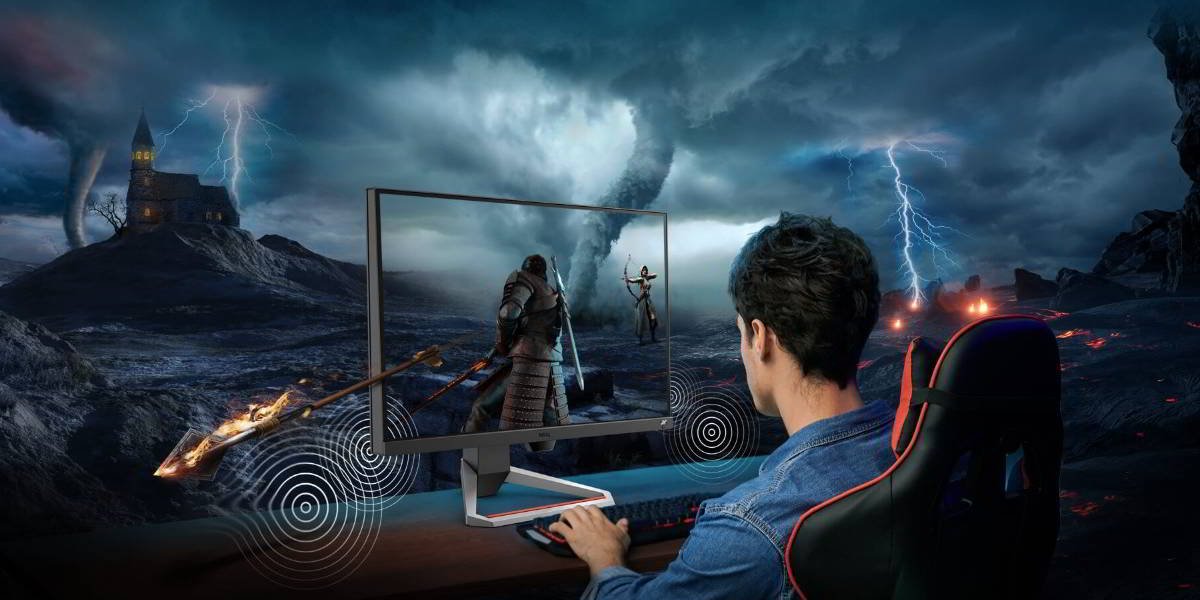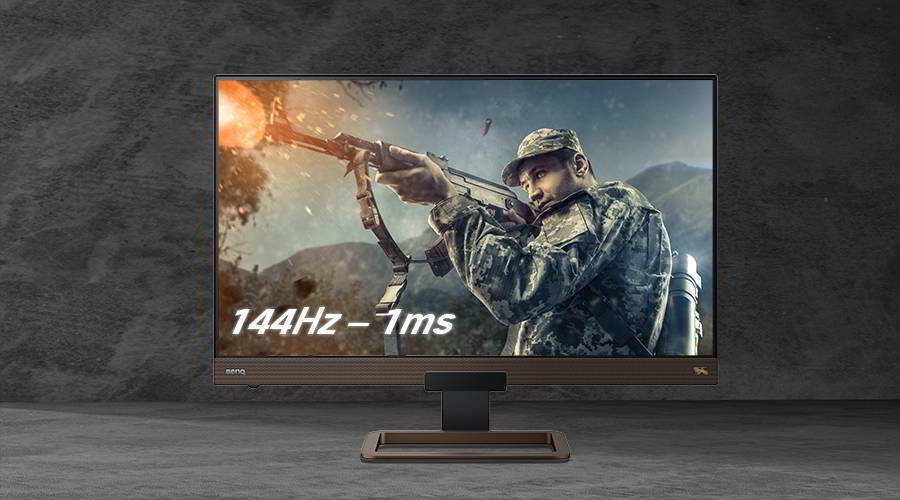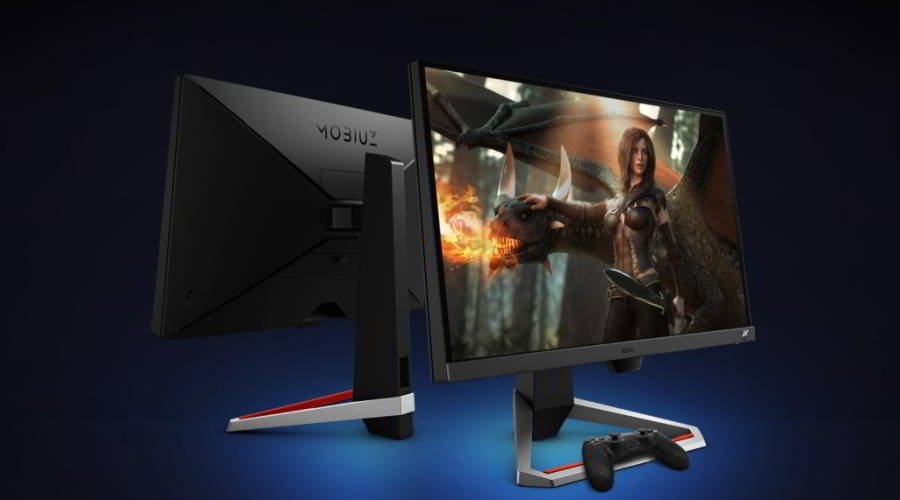MPRT stands for moving picture response time or motion picture response time. The test measures how long a pixel remains apparent or visible on the screen. The longer a pixel stays visible, the more blur or trail a moving image creates. The famous flying saucer test you may have seen showcases this. As the craft moves across the screen, pixels turn on and off to pass it from the left of the display to the right and back again.
A fast monitor with good processing capabilities and power delivery handles pixel activation and deactivation quickly, making the saucer appear as if it’s moving very neatly on screen, with no residue left behind.
Note we said appear. Unlike GtG, MPRT is very subjective. Sensitivity to blur and ghosting differs tremendously among individual people, just like with light sensitivity or motion sickness. An MPRT figure of 5ms means the average pixel on the monitor remains active for 5ms each time it’s turned on. For some, that may be superfast. Others may notice some blurring.
Also, MPRT is almost entirely dependent on framerate, whereas GtG has far less to do with framerate. A 1ms GtG pixel works essentially the same on a 30Hz TV and a 144Hz gaming monitor. But with MPRT, technically the minimum time for pixel duration is determined by refresh rate. So a 144Hz monitor has a minimum MPRT of 6.9ms (1/144th of a second). Then how can the same monitor offer 1ms MPRT? Because MPRT is so subjective and malleable, it’s also possible to improve it with good technology.
Just like framerate or refresh rate, with effective enhancements the MPRT performance of a monitor goes well beyond basic physics. Black frame insertion, clear motion, overclocking, motion enhancement, framerate control…these are all ways to boost motion on a monitor and eliminate blur and ghosting.
When done right, it’s very possible to achieve low MPRT. That’s what separates regular monitors from really good gaming monitors. Remember that while subjective, MPRT is overall better than GtG when trying to anticipate ghosting and blur. GtG gives us a definite number for overall response time, but lacks subtlety, which is what MPRT is for. Subtlety, sadly, often comes at the cost of subjective experiences.




